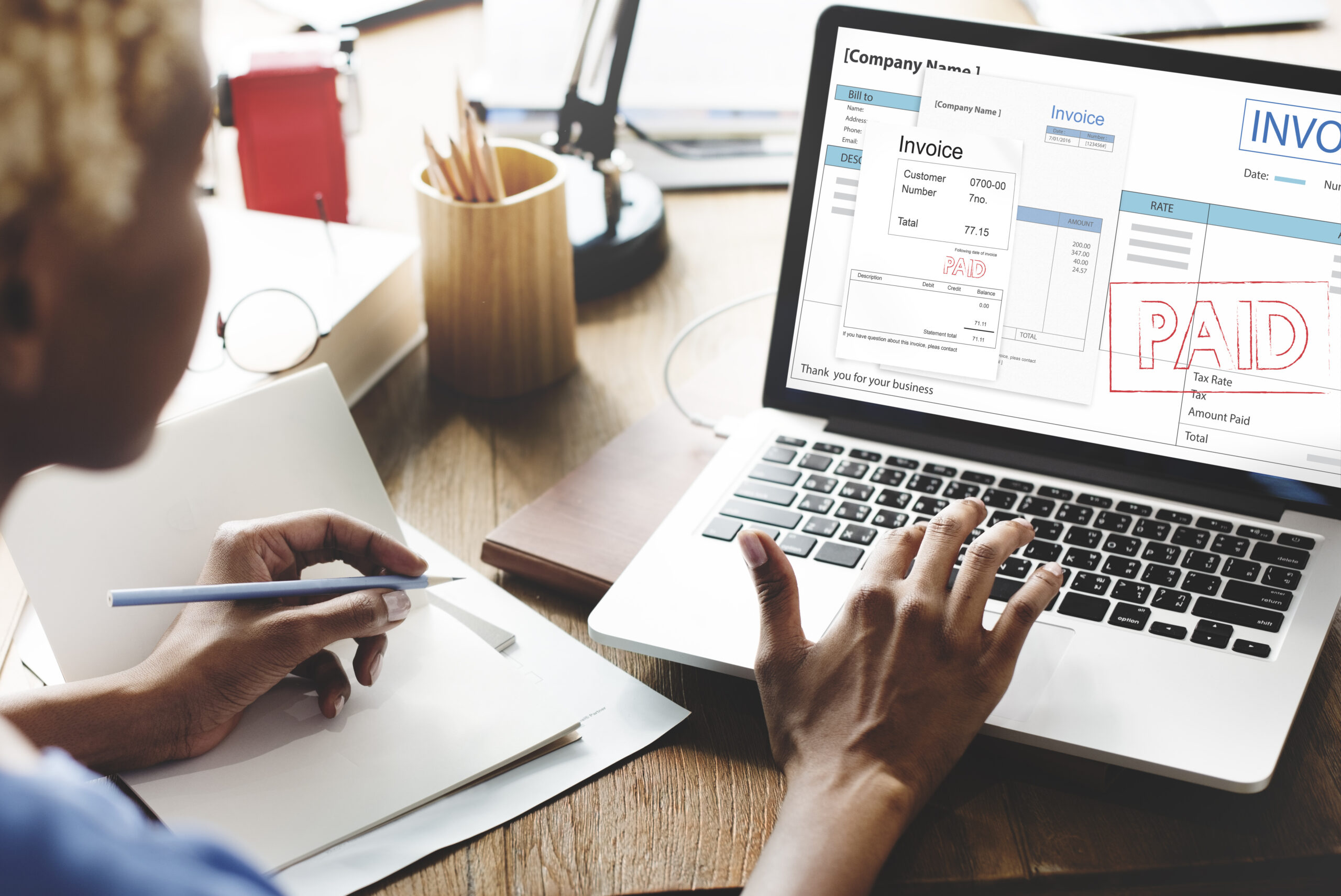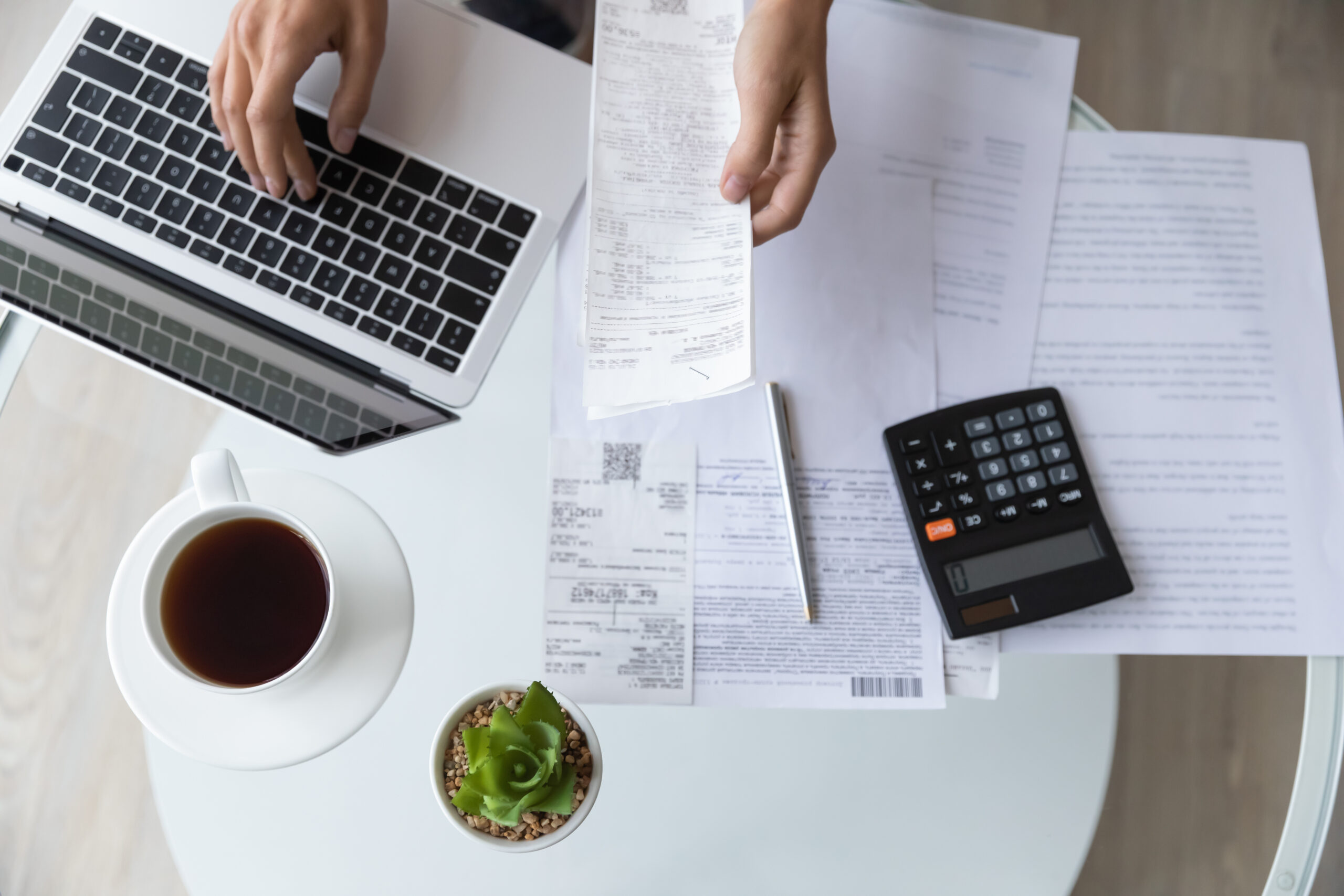How to do a Self Employed Tax Return

When you’re self-employed, doing your self-assessment tax return is one of those annoying tasks that you’re lumbered with each year. Although it can seem stressful and a bit overwhelming, we’re here to break down what you need to do to get it completed on time and accurately. Self-assessment tax returns might never be fun, but we can try and make them a bit less stressful for you!
What is a tax return?
A tax return is a document that is submitted in paper, or more commonly nowadays, online to HMRC every year showing details of income and certain costs. From these figures, the tax return shows a calculation of how much tax is du, and so what you’ll need to pay over to HMRC as tax on your self-employment and other income.
A tax return isn’t just for individuals – it might either be for an individual (in which case it might also be called a personal tax return, an income tax return or a Self Assessment tax return) or it might be for an organisation, such as a partnership (partnership tax return) or a company (Corporation Tax Return). For the purposes on this article though, we’re only going to be talking about personal tax returns – company tax returns are a whole other kettle of fish!
All personal tax returns have the main section which contains common types of income such as bank interest or dividends received, and common tax reliefs such as donations to charities. Other types of income, such as profits from self-employment or salary from a job, are reported on separate sections.
Not all income has to go on a personal tax return, for example, if you have money in an ISA you do not need to include interest earned on that money, because ISA interest is usually tax-free.

Who has to complete a tax return?
Not everyone needs to submit a tax return, but you will probably need to submit a tax return if you were:
- self-employed as a ‘sole trader’ and earned more than £1,000 (before taking off anything you can claim tax relief on)
- a partner in a business partnership
- received income from a rental property (property income)
- a director of a Limited Company
You may also choose to complete a tax return if you want to claim certain income tax allowances.

What information do I need to complete my self-employed tax return?
Before you get started it’s easiest to gather together all of the relevant information and documents you’ll need. Having everything in one place will make the whole process much easier and save you a lot of time and stress.
The whole point of doing your self-assessment tax return is to figure out what your tax bill is going to be (that includes both tax and national insurance), and when to pay the tax. Even though the deadline for paying the tax is 31 January, so you can file your tax return way before that and pay the tax you owe at any point up to that date. It’s also important to remember that if you have a tax bill over a certain amount, you may need to make payments on account in July and January for tax you owe.
To do your tax return and figure out your tax bill you’ll need to gather:
- Details of your self employed income
- Details of your self employed allowable expenses
- Sales invoices
- Bank statements
- Purchase invoices
- Receipts
- Any P60s from employment income
- Details of property income and expenses
- Details of tax reliefs like charitable contributions
- P60s from other income like pension income
- Details of bank interest received
- Details of any dividend income you have received
- Anything else you think might be relevant
Once you have all of that information, separate it into sections – e.g. self-employed income tax, PAYE income, property income and so on, and then handle each section at a time.
Items like employment income are easy to deal with – you’ll just need to take the figures from your P60 and put them into the HMRC online filing system, or the correct part of your chosen software.
Likewise with other sorts of income and expenses – you just need to find the correct part of the form and put the figures in from your paperwork.
The self-employed part of the tax return is the trickiest bit because you’ll need to understand how to calculate your taxable profit.

How to work out your taxable profits
First of all, add up all of your income for the year that you have earned from being self-employed. Depending on how much you earn, you may be able to use a cash basis of accounting instead of the standard accruals basis. (And if that sentence bamboozled you, have a chat with an accountant for a bit of advice before you start.)
Once you have added up all the self-employed income to include, you’ll need to complete the correct boxes on the HMRC site or in whichever software you have chosen.
Once you have done that, divide your expenses into different headings such as:
- Stock purchased
- Stationery
- Marketing
- Travel and subsistence
- Equipment expensed
- Insurance
- Capital expenditure (for assets that you’ll keep for a long time)
- Wages and salaries
Once you have a total for each section you can input those into the HMRC site or into your software.
Your income, less your allowable expenses gives you your taxable profit. And it is on this number that your self-employed income tax and national insurance are calculated.
Overall your personal tax bill will be calculated by adding together all of your income from all sources, seeing what tax and national insurance you have already paid on it (you may have paid employed tax if you also had a job), and then comparing that to what tax you owe overall.
One number is deducted from the other and there you have it – your income tax bill!

Paying Tax
Now that you know what your tax bill is, it’s your responsibility to make sure that you are paying tax at the right time and before any deadlines.
The main deadline for paying tax from your self-assessment tax return is 31 January each year. If you need to make payments on account then they fall on 31 July and 31 January annually.
You can pay your tax through the HMRC site directly.

Should you do your own self-assessment tax return?
When you are self-employed, you’re a busy person. Not only are you having to navigate the usual challenges of life just like everyone else, but you are also navigating the considerable challenges of being self-employed – no mean feat!
Perhaps you love doing finance and admin, in which case you may actually be excited about doing your self-assessment tax return. But if not, then the job of self-employment should be your priority, leave handling your self-employed tax and national insurance to a professional.
If you think about the amount of time it will take you to do your self-employed tax return, figure out your tax bill and make time to submit all of that to HMRC, you’ll likely find that you could have earned significantly more than that being self-employed in the same time. Not to mention saving yourself a load of stress and hassle too.
So our verdict is – unless you absolutely love it, get an accountant to do your self-assessment tax returns. Our prices start at as little as £32 per month – and that includes having your own dedicated accountant all year. You’ll never fret about 31 January deadlines again!






